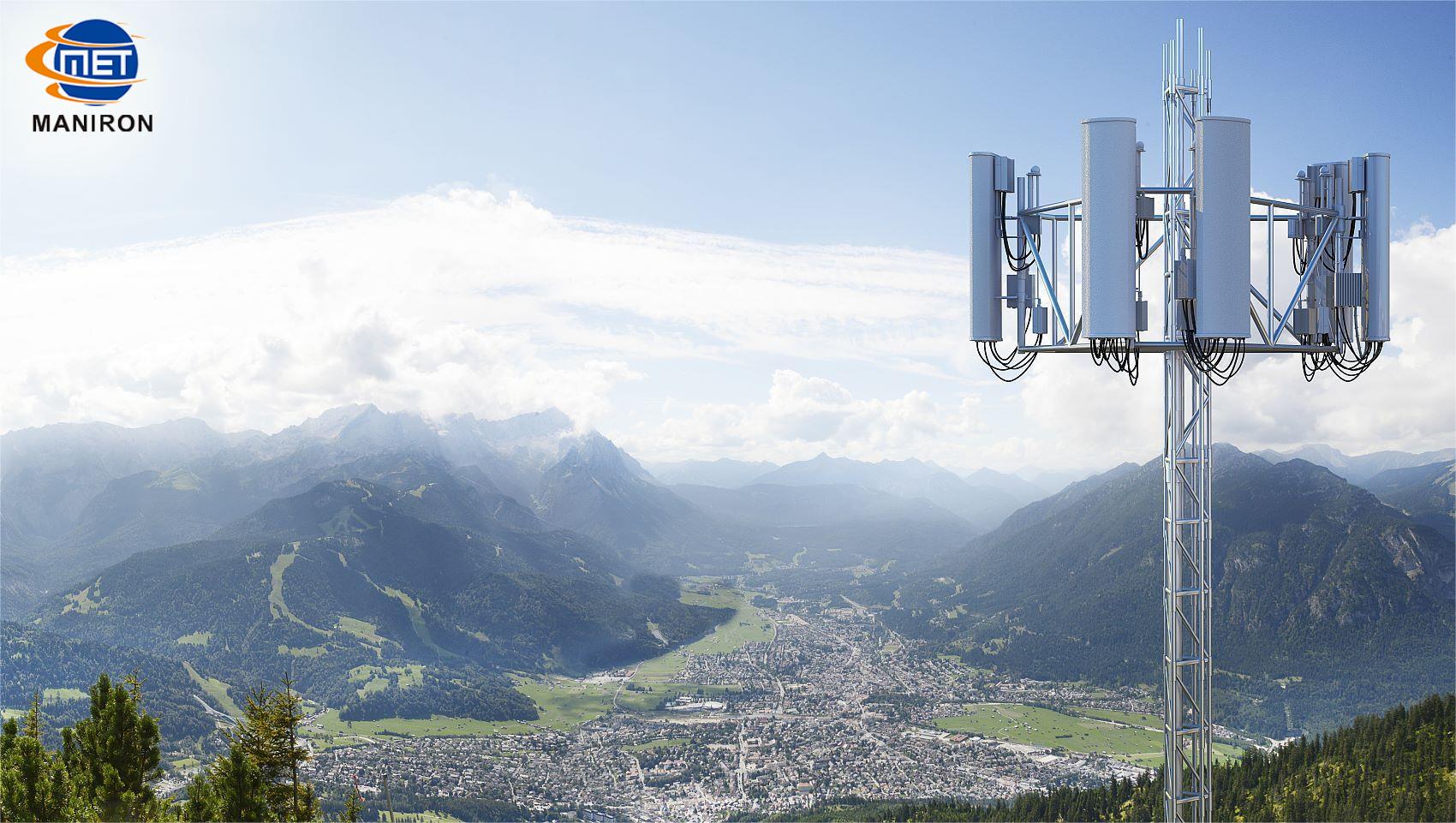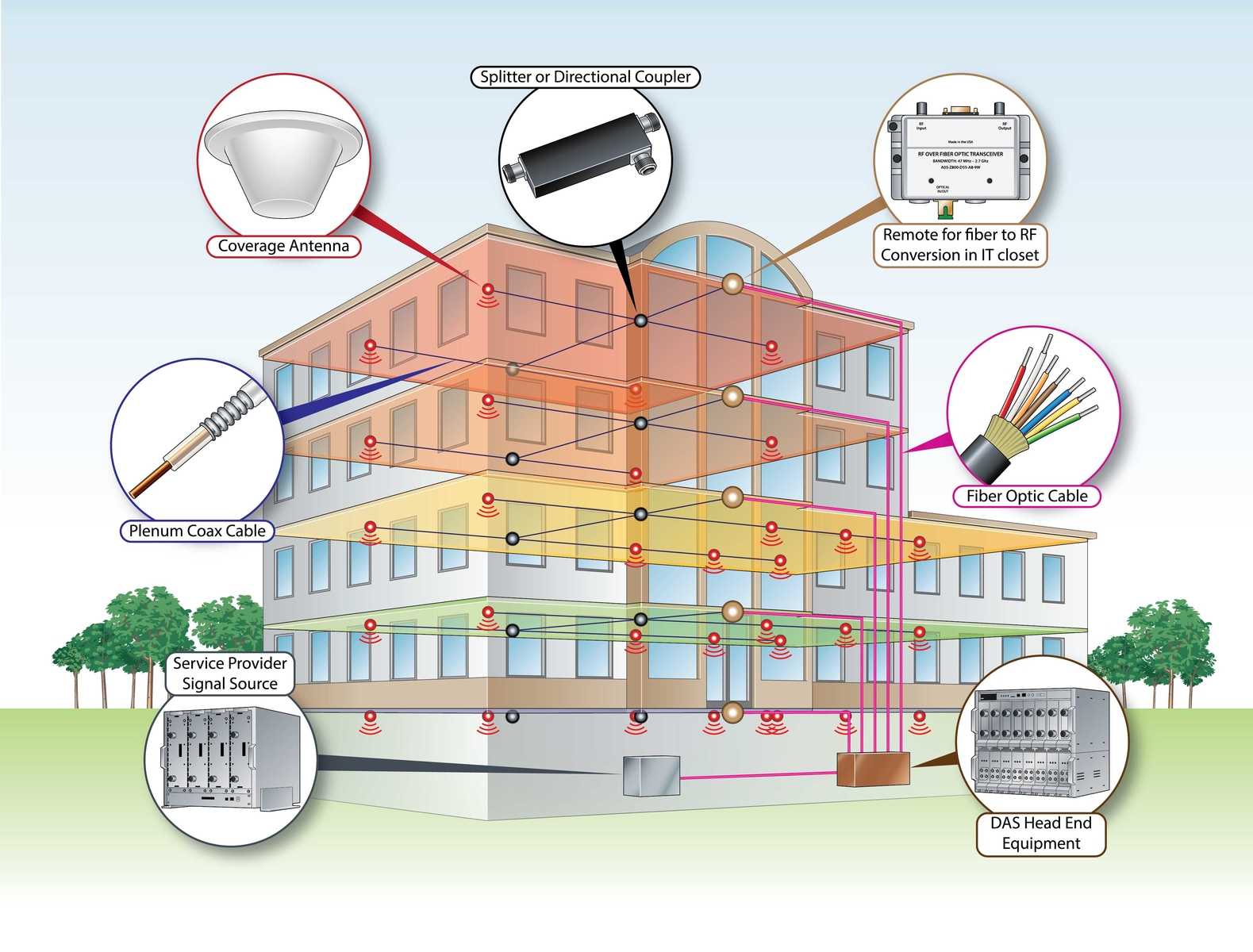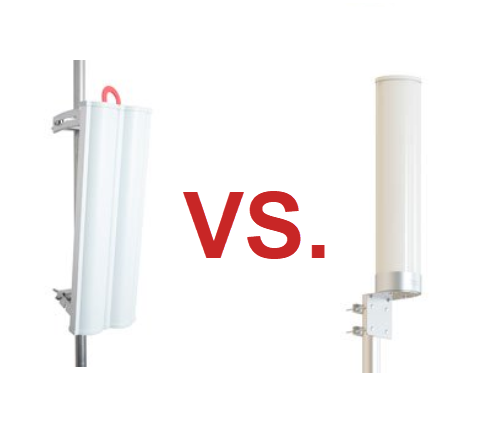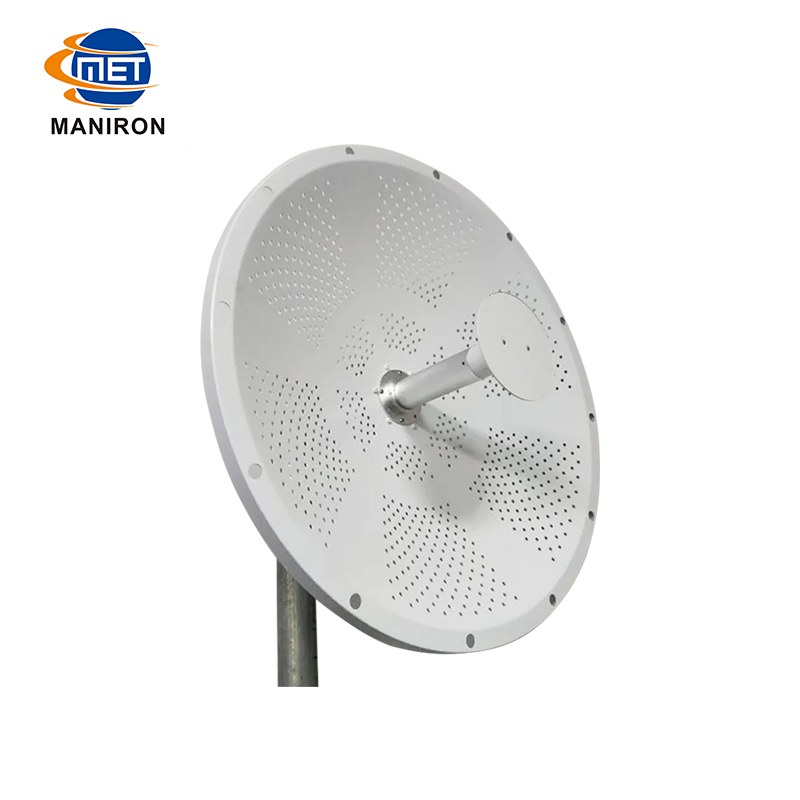 Types of Antennas
Oct 20, 2023
May 9, 2020
Types of Antennas
Oct 20, 2023
May 9, 2020
Antennas can be classified according to different situations as follows:
Classified according to the nature of work: it can be divided into transmitting antenna, receiving antenna and transceiver shared antenna.
According to the use classification: there are communication antenna, broadcasting antenna, TV antenna, radar antenna, navigation antenna, direction-finding antenna and so on.
Classified by antenna characteristics:
From directionality: there are strong directional antenna, weak directional antenna, directional antenna, omni-directional antenna, needle beam antenna, fan beam antenna and so on.
From the polarisation characteristics: there are line polarised antennas, circular polarised antennas and elliptical polarised antennas. Among them, the line polarised antenna is divided into vertical polarised and horizontal polarised antenna.
From the frequency band characteristics: there are narrow band antennas, wide band antennas and ultra-wide band antennas. In addition, there are yagi antennas, logarithmic periodic antennas, array antennas. Array antenna and linear array antenna, planar array antenna, attached to the surface of some carriers, such as conformal array antenna.
According to the classification of current distribution on the antenna: there are travelling wave antenna, standing wave antenna.
According to the use of band classification: long wave, ultra-long wave antenna, medium wave antenna, short wave antenna, ultra-short wave antenna and microwave antenna.
According to the carrier: there are vehicle-mounted antenna, airborne antenna, star-carried antenna, bullet-carried antenna and so on.
Classified by antenna shape: whip antenna, T-shaped antenna, Γ-shaped antenna, V-shaped antenna, diamond-shaped antenna, loop antenna, helical antenna, waveguide antenna, waveguide slit antenna, horn antenna, reflective surface antenna and so on.
According to the use of frequency: 2/3/4/5G/Wi-Fi/Bluetooth/GNSS/ROLA/RFID antennas and so on.
Divided by different materials: FPC, PCB, stainless steel, white copper, phosphor bronze, LDS and so on.

 Distributed antenna systems(DAS)
Jan 03, 2023
May 9, 2020
Distributed antenna systems(DAS)
Jan 03, 2023
May 9, 2020
 Choose Omni-directional or directional antennas ?
Jan 02, 2023
May 9, 2020
Choose Omni-directional or directional antennas ?
Jan 02, 2023
May 9, 2020
 The Applications of the Parabolic Antenna
Sep 08, 2023
May 9, 2020
The Applications of the Parabolic Antenna
Sep 08, 2023
May 9, 2020
 Busy Week for Maniron
Sep 23, 2023
May 9, 2020
Busy Week for Maniron
Sep 23, 2023
May 9, 2020
 Types of Antennas
Oct 20, 2023
May 9, 2020
Types of Antennas
Oct 20, 2023
May 9, 2020
 PMRExpo 2023
Nov 04, 2023
May 9, 2020
PMRExpo 2023
Nov 04, 2023
May 9, 2020